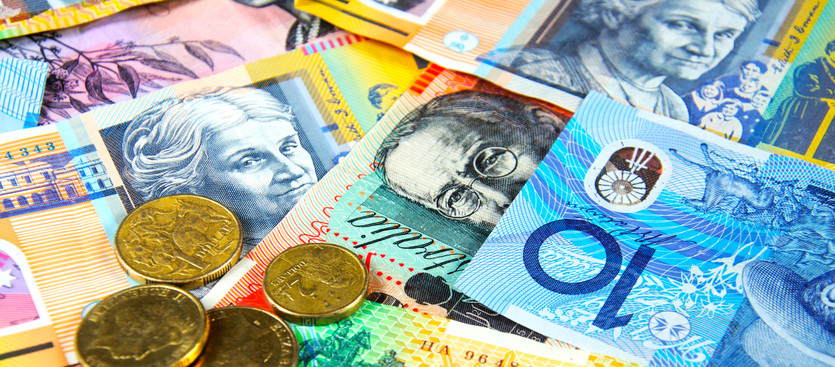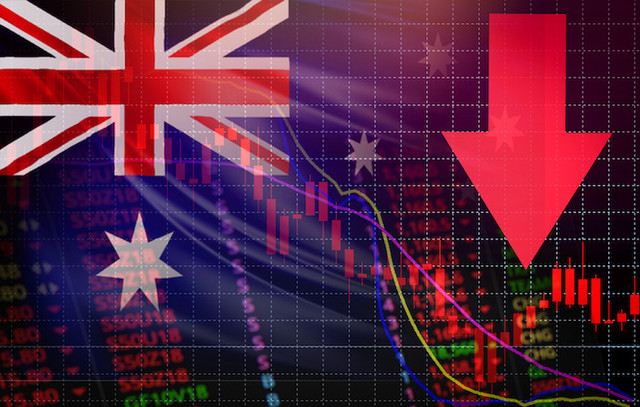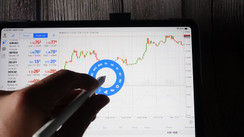The Australian dollar is headed towards a multi-year bottom, and the central bank doesn't seem to be able to halt it. Since May, the currency has fallen by around 3% as pressure from China's weakening growth and a stronger dollar mounts. Numerous interest rate increases haven't offered much help, and according to the Commonwealth Bank of Australia, the AUD will soon fall to 62 US cents, its lowest point since April 2020. The AUD, a resource-linked currency vulnerable to changes in global mood, has suffered as the global economy slowed down. If a report released this week reveals that Australian employment declined much more in August after an unexpected reduction in July, it might suffer further damage.
Since mid-August, the Australian dollar has been in a bear trend and is likely to challenge support near its low of 0.6682 from July. It can fall to 0.6464, the 61.8% Fibonacci retracement of its March 2020 to February 2021 surge, if that level is breached.
Even after the central bank raised rates by 225 basis points since May, the Australian dollar has fallen. The currency decreased over 1% versus the US dollar during the most recent hike on September 6, which raised the benchmark interest rate to a seven-year high. The governor of the Reserve Bank of Australia hinted last week that aggressive tightening would come to an end. Also jobs figures that are due on Thursday could be the following cue for the Australian dollar. The Australian may be more susceptible to losses if the data reveals that companies added fewer employees in August.

The future for the Australian dollar is likewise bleak due to the strengthening dollar. The Federal Reserve Chairman reaffirmed last week that the US central bank will keep hiking rates to manage inflation, which is likely to boost the US dollar even more. Additionally, the fact that China's economic prospects seem pretty dim adds to worries about declining demand for Australia's commodities exports.





